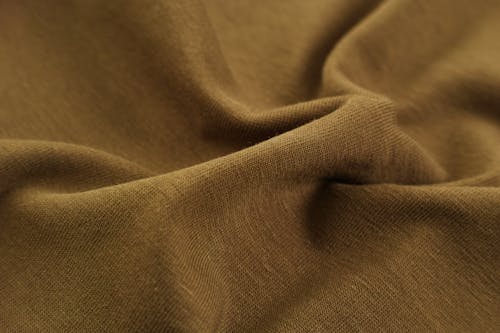
This post is based on this course.
Please take it yourself to learn more and form your own opinions. This
is a shallow summary only meant to inform somewhat about what circular
fashion is.
.
A Circular Economy - “defined
as an economy that accommodates resources to flow through man-made and
natural systems in renewable ways, creating or retaining value through
‘slowed, closed or narrowed loops/ flows’, rather than rapidly
destructing value through the creation of waste. In other words, as an
economy that is restorative and regenerative by design and provides
benefits for business, society, and the environment.”
.
To pinpoint some of it:
- It does not use non-renewable energy sources
- It preserves the finite resources they use and use regenerative methods to keepsake them
- Natural products return to the soil as compost and anaerobic digestion (biological cycle)
.
There
exist one biological cycle of consumption and one technical cycle that
together recovers and restores products, components, and fabric through
the 7 R’s of Sustainability and recycling.

(Source: Ellen MacArthur Foundation)
.
What makes up circular textile clothing design?
The item is recyclable
A recycling system is available
They are made of recycled textile materials
.
What is important for sustainable textile design?
Eco-materials is used (meaning materials that are known to have lesser environmental impacts or recycled)
ethical and social aspects and interests are prioritized
.
Are certification(s) the solution?
The
short answer: No. Certification is an easy “fix” to the flaws in
today's linear system that focus on fair labor and generating
conventional crops more environmentally friendly. While it is a step, it
doesn’t address systematic change towards a circular industry.
Certification is a step in the right direction and an important part of
being able to change the system, but we also need a bigger push from
producers where they take responsibility for what they produce from the
pre-production stage. It means, designing waste out of a product and
production stage, design with quality and durability, investing in
proper recycling programs and innovation, offering ways the consumer can
repair and recycle the item they bought at them, producing from waste
materials and natural fibers that are produced sustainable and ethical,
etc. We cannot leave it at having certifications and keeping the linear
system of disposal. Sustainable brands contribute to the same problem of
waste and overproduction as any other brand - just that any new brand
popping up, if they are not actively addressing their waste-product
responsibility - are just adding to the problem. \\ There should be
noted that the ethical and human side of this equation is important and
something many sustainable brands work for and with and does important
work to better the lives of workers and farmers that are living in
poverty and kept there due to capitalistic values. The importance of
that work is not erased due to the brand not being circular.
.
Circular
fashion begs for a new mindset and a system where the environment is
more important than our greed. Where every industry, not only fashion,
doesn't only aim to erase their impact but to leave a positive one as
well.
.
What is the future of fashion?
Most
often than not, we find ourselves at one of two paths of where the
future leads. If it is as an eco-utopist or a techno-utopist. While the
first belief in living in sync with nature at all costs, the
techno-utopist believe in the unstoppable potential in modern technology
and innovation to prevent and solve environmental issues. None are more
likely to reign alone, but rather coexist and work together to create
the future of fashion. However,
the future of fashion doesn't "stop" there. There are more discussions
to be had, more on the aspects of where do the individual meets the
collective; Tradition meets innovation, quantity meets quality,
affordable for all, or only for a rich elite? What do we truly want and
at what cost?
.
System change by global corporations requires cooperation, coordination, and trust.
A
system that only runs on certifications and barely checks the
circumstances behind the first link of the supply chain is weak to
corruption and deception and drives no real change. It aims to repair an
unsustainable and unethical business model (capitalism) instead of
innovating a new way of doing business. That's why we need brands to
take action towards a circular economy if they truly want to be
sustainable.
.
Circular
Fashion is one of the parts where we easily can see the relevance it
has to zero waste, which initially is exactly what it is. The goal of
Zero Waste is a circular economy.
No comments